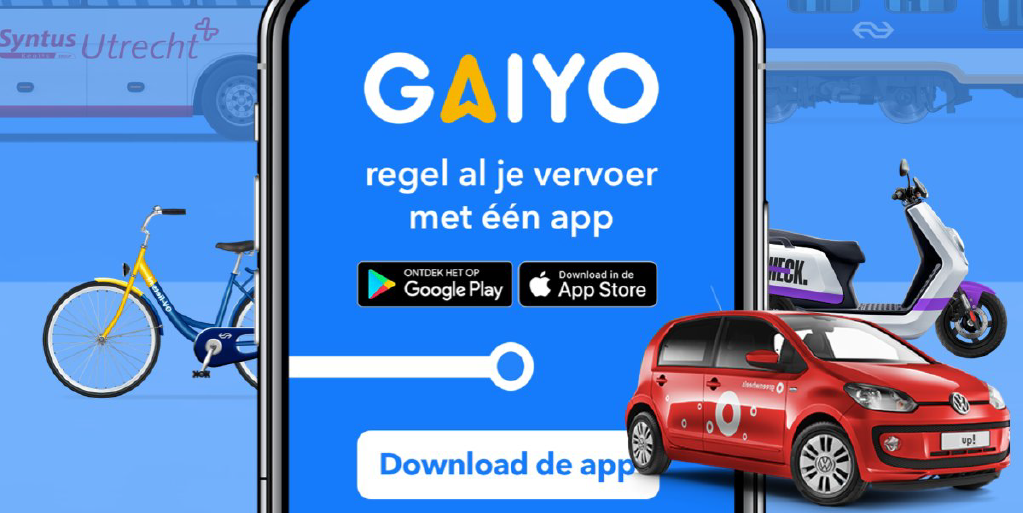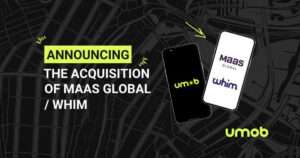Launched following a national tender by the Dutch government, Gaiyo is now recognized as “the most convenient and comprehensive transport app of the moment“. Developed by Innovactory, a startup founded in 2013 by former TomTom employees, Gaiyo already has 35,000 active users. Initially facilitating travel in Utrecht, it now covers various needs and experiences nationwide.
A “multimodal” experience, allowing the reservation of a single mode of transportation among several alternatives. An “intermodal” experience, with the aim of proposing the best door-to-door trip via the calculator. And finally, a “ticketing” experience, offering direct access to the purchase of transport tickets. Three ways of consuming mobility. Focus on the UX design of this MaaS solution, which raised half a million euros last February. An analysis from our large comparative study.

Multimodal: Some twenty integrated operators
In two years, Gaiyo has created its own ecosystem of public and private transport operators. The user is thus able to plan, book and pay from among nearly twenty different transport operators. Seven monomodal routes offer access to the following modes of transport:
- Public transport with HTM in The Hague, GVB in Amsterdam, RET in Rotterdam and U-OV in Utrecht
- Regional trains with NS International, Arriva and Connexxion
- Electric scooters by Tier
- VTC by Uber
- Bike sharing with Donkey Republic, Cargoroo, Haagshe Stadsfiets, OV-fiets, Urbee, Tier and HTM-Fiets
- E-scooters with Check, GO sharing, Tier and Felyx
- Car-sharing services with MyWheels, Amber, GreenWheels, Share Now and Stapp.in
- Parking (on-street parking, ParkBee, etc.)
The diversity of the offer is supported by the Ministry of Infrastructure and Water Management, which has positioned itself as a MaaS facilitator. Indeed, the latter has initiated several projects, such as the development of a new TOMP-API (Transport Operator MaaS Provider) standard. A transparent and standardized interface aims to facilitate the sharing and exchange of data between transport operators and MaaS providers. But also, the launch of a national MaaS tender led to the deployment of seven pilot MaaS solutions, including Gaiyo.
We are helping MaaS service providers on their way with the start-up grant that runs until the end of 2021. Until then, we will develop the MaaS ecosystem with the public-private domain.
LISELOTTE BINGEN, SECRETARY OF THE MAAS PROGRAMME AT THE MINISTRY
Gaiyo is governed by the “commercial integrator” model and is continuously developing its mobility offer. This is one of the four governance models defined by the UITP (International Association of Public Transport). In this model, it is Innovatory that develops and finances almost all the costs and risks associated with the service. A model that can easily be replicated in other cities. This is the ambition of the Dutch group. Launched in April 2020 in Utrecht, barely 6 months later, Gaiyo will be deployed in Leidsche Rijn, Vleuten and De Meern in September 2020. The ambition is to roll out to cities in Belgium and Germany. To discover the other three governance models, please consult our last e-book.

An offer available from the homepage (discovery)
From unlocking Tier’s scooters to Amber’s vehicles to booking NS train tickets, it all happens directly on the Gaiyo app. Nearly half of the operators mentioned above are deeply integrated. A seamless experience that avoids any redirection to a third party website or application. A successful choice for the Dutch application.

Indeed, unlike the interactive map that is found as a central element of the home on most MaaS applications (Moovizy, Whim, Jelbi, WienMobil…), Gaiyo has chosen to present its offer in the form of a list. The user thus has access to an overview of the means of transport located around him. At a glance, the user can compare them, but above all, know which ones can be booked directly on the application. A provision that makes it easy to select, book and pay for a mobility service quickly. A layout that will suit users in a rush, for an immediate departure as soon as possible. An approach that reminds us of the Uber’s application, where one click is all it takes to book a driver.
Intermodality: Reducing car use
While most MaaS solutions choose public transport as the core element of their services, Gaiyo has chosen the private car. The reason: “80% of travel in Europe is by car and this has not changed much over the last decade“. In other words, the car is the preferred means of transport for 4 out of 5 Europeans. And it is from this observation that Gaiyo decided to make “the car an integral part of the planner”. From car parks to real-time traffic information, Gaiyo intelligently accompanies and guides the motorist.
We often work with parking hubs, where travellers can leave their cars and then switch to shared transport or public transport.
LUCIEN GROENHUIJZEN, FONDATEUR D’INNOVACTORY.
Moreover, Gaiyo is known as the cheapest parking application in the Netherlands. Indeed, it is currently the only Dutch application that does not charge a transaction fee for street parking. A strategy which continues to promote intermodality, with the recent conclusion of a strategic partnership with Parkbee. The user now has the option of choosing from among the 250 ParkBee parking spaces. With the possibility of reserving the space, in order to guarantee the availability of the space. But also, to unlock the parking gate directly from the application.
From the first to the last kilometer…
In addition, in order to offer door-to-door trips, Gaiyo offers intermodal trip planning including public transport, personal bike, private car, trains, parking, bike and scooter sharing. A wide range of combinations allows the user to plan nationwide. Even beyond the borders of the Netherlands, such as in Düsseldorf, Germany, where we can find some passenger information about transport operators. However, it is important to note that only intermodal journeys, including public transport and some regional trains, can be paid for in a single payment on the app. To get even more out of this intermodal experience, please see our guide.


Ticketing: Direct purchase of E-ticket
The big strength of Gaiyo lies in the multiple distribution systems integrated into its application. As a true virtual one-stop-shop, the user has the possibility to buy digital tickets for HTM, RET, U-OV and NS International trains. This means that there is no need for a paper ticket or magnetic card, only the application is needed to use the buses, trains, metros and trams.
Compatibility between the various terminals and media is made possible by “the cEMV standard, an international security standard for contactless payment cards issued by Apple/Google Pay”. A user path of the application that depends on the ticketing system already implemented by the public transport operator. Three basic cEMV models defined by the UK Card Association, namely :
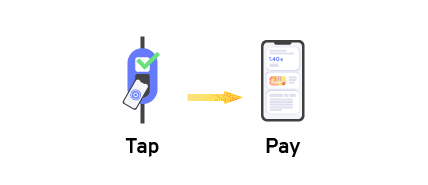
Single tap
In this first model, the user validates his support (card or smartphone) at the beginning of each new trip. No fare calculation. He will be automatically debited with a fixed amount, known in advance.
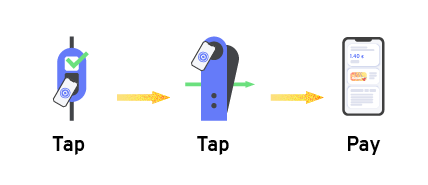
Double tap
This second model offers more flexibility in terms of pricing. Indeed, the user is billed precisely for the trip made thanks to the double-tap system at the entrance and exit of the transport network.
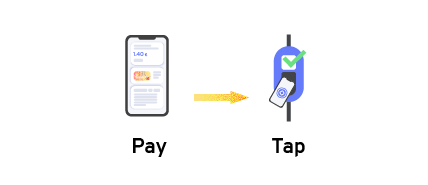
Pre-purchase
In the latter model, the user must purchase a ticket before the trip. A model that offers a wider view of the public transport or train offer.
In the case of Gaiyo, the Pre-purchase model has been chosen. The user has the possibility to customize his ticket according to the duration and number of tickets. With the implementation of an incentive strategy, giving the right to a 10% discount on train tickets during off-peak hours. To validate the ticket, a barcode system is used for U-OV, for example, and a QR code with NS International train tickets.
Overview of the Gaiyo’s user experience
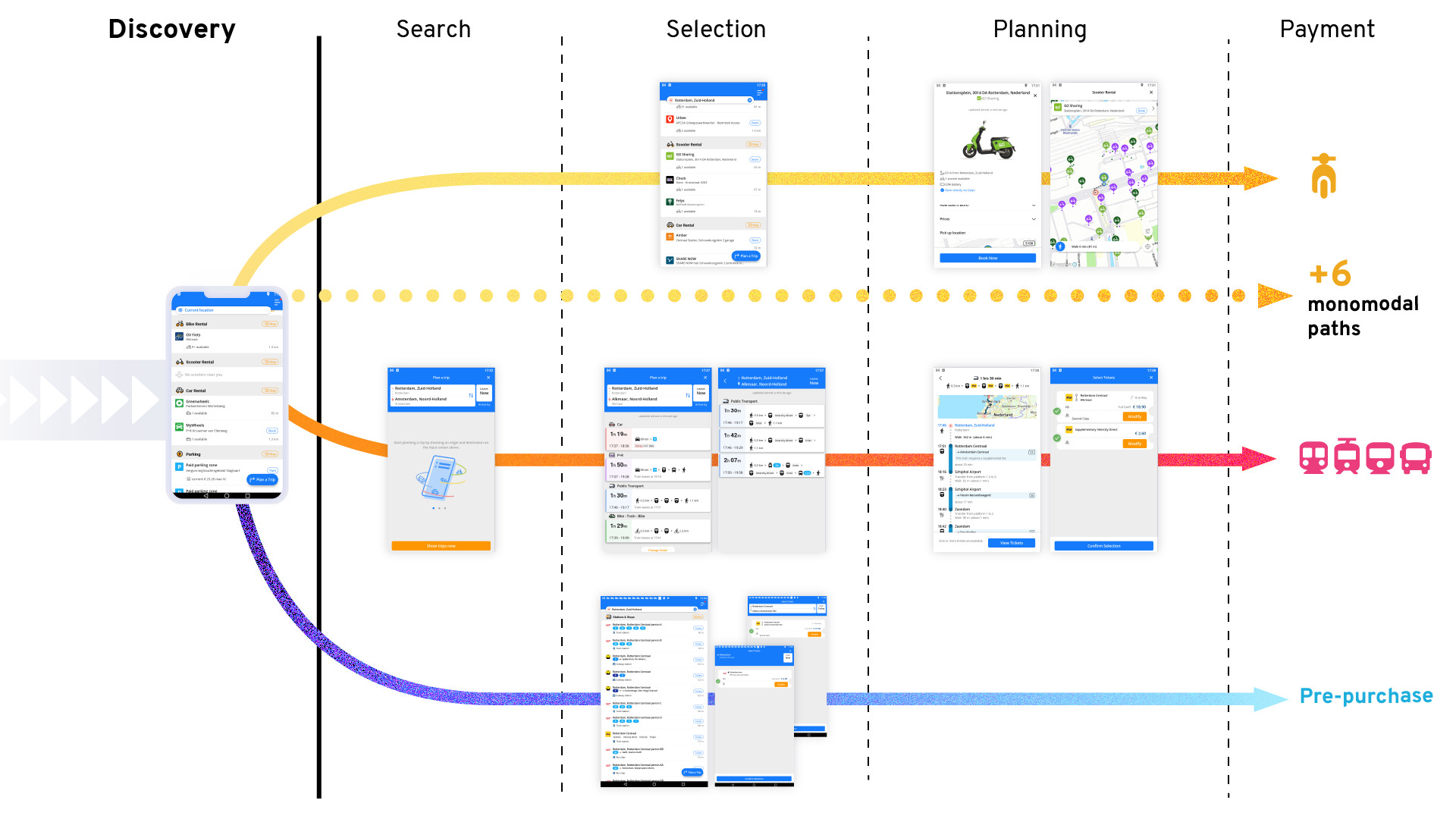
To discover the different UX approaches, don’t hesitate to consult
our complete benchmark of the 10 MaaS applications.

